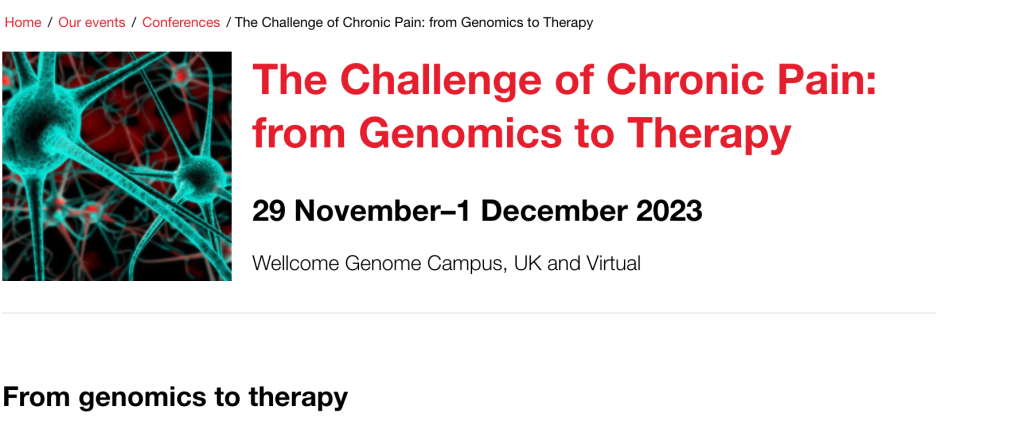October 18 – 21, 2023
Organizing Committee: Timothy Behrens, Alla Karpova

Speakers gender ratio: 15 women, 19 men (44%)
Estimated base rate of women in the field: 52%*
BWN rating: 2, within 1 standard deviation below base rate
*Method of estimation: previously established base rate of women in the cognitive neuroscience field







